The moving industry is notorious for scams, inflated prices, and unreliable services, making online reviews crucial for customers. But because reviews play such a big role in consumer decisions, scammers and shady companies often manipulate them to lure potential clients. Studies show that 82% of Americans read reviews before purchasing , and moving services are no exception. This makes it critical to understand how to spot fake moving company reviews and separate genuine feedback from manipulated content.
The Tactics Behind Fake Reviews
Let’s break down the types of review manipulation tactics commonly used. Knowing these tactics will help you recognize deceptive moving reviews with ease.
- Paid Reviews: Some companies pay individuals or use “review farms” to flood their profiles with positive reviews.
- Bot Reviews: Automated systems can create fake accounts to leave phoney reviews, making it appear as though the company is well-loved.
- Review Deletion: Some companies may use platforms that allow them to delete or hide negative reviews, leaving only positive feedback visible.
- Competitor Attacks: Conversely, competitors may write negative reviews about other companies to damage their reputation.
Red Flags - How to Spot Fake Moving Company Reviews
There are several red flags to watch out for when reading reviews.
1. Overly Generic Language
Fake reviews tend to be vague and uninformative. Phrases like "Great service" or "Would use again" without mentioning specific aspects of the service (such as punctuality, customer service, or pricing transparency) are suspicious.
Authentic reviews provide more insight, describing exact experiences like, "The movers arrived two hours late but handled my items carefully."
2. Unusual Rating Patterns
When a company suddenly spikes in 5-star reviews after a series of negative feedback, this could be an attempt to offset poor ratings. Legitimate companies usually show a mix of ratings over time. Additionally, check if these new 5-star reviews seem rushed or lack detail.
3. Inconsistent Review Dates
If a moving company receives a suspicious number of reviews in a short time frame, like several in one day, it's a sign the company may be using paid reviewers or bots. Genuine reviews typically trickle in at a slower, more organic pace.
4. Reviewer Profile Irregularities
Clicking on the reviewer’s profile can reveal a lot. Fake reviewers often have profiles with no picture, odd usernames, or only one or two reviews. Authentic reviewers typically have profiles showing reviews for different services or businesses.
Click and learn how to identify the worst moving companies and avoid them.
How to Verify Moving Company Reviews
Once you have identified red flags, it’s crucial to take steps to verify moving company reviews. Here’s how to ensure you are reading legitimate feedback:
Related article: How to Know if a Moving Company is Legitimate
1. Cross-Check Platforms
As mentioned earlier, don’t rely solely on one platform. A company with only glowing reviews on one platform but mixed reviews on Google might be engaging in some form of manipulation.
Similarly, platforms like the Better Business Bureau (BBB), My Good Movers and the FMCSA are excellent resources for checking whether a company has unresolved complaints or lacks proper licensing.
2. Ask for References
Don’t hesitate to ask the moving company for references. A legitimate company should be able to provide contact information for previous customers who can vouch for their services. This gives you the opportunity to hear directly from past clients.
3. Check for Licensing and Accreditation
Fake reviews can only go so far if a company lacks the proper credentials. In the U.S., any interstate mover should have a USDOT number issued by the Federal Motor Carrier Safety Administration (FMCSA). You can use the FMCSA’s mover database to ensure that the moving company is registered and compliant with federal regulations.
Learn more here: How to Verify a Moving Company's Credentials.
4. Contact Multiple Reviewers
If a review platform allows it, contact some of the reviewers and ask specific questions about their experience. If multiple reviewers have had the same experience (good or bad), it's more likely to be genuine.
5. Look for Detailed Complaints
Sometimes, negative reviews are more truthful than overly positive ones. Look for reviews that describe specific problems, like hidden fees, delays, or damaged items. These are more likely to be genuine than general complaints such as "They were terrible."
Reading Moving Company Reviews Critically
How to read moving company reviews critically is the key to avoiding a moving disaster. Here are some critical reading strategies:
- Focus on the Mid-Range Reviews: 3-4 star reviews tend to offer the most balanced perspective. These reviews are more likely to describe both positive and negative aspects of the service.
- Avoid Emotional Extremes: Reviews that are too emotional (either extremely positive or negative) may not be reliable. Look for reviews that are more measured in their language and provide specific details about the service.
- Check for Consistency: Do multiple reviews mention the same issue, such as hidden fees, unprofessional movers, or delayed deliveries? Consistency in feedback from different customers is a good sign that the issues are real.
Recognizing Deceptive Moving Reviews
It’s essential to also recognize bogus moving reviews beyond the obvious signs. These reviews may appear overly polished, professional, or overly negative. Pay attention to the overall tone and avoid making decisions based on exaggerated reviews.
Patterns in Fake Reviews
- Focusing on Unlikely Situations: For example, if a review claims the company did something extraordinary, like delivering in the middle of a snowstorm without a single item damaged, it's likely fake.
- Misspellings and Grammar Issues: Fake reviews are often rushed, which can lead to poor grammar, repetitive mistakes, and awkward phrasing.
- Excessive Mention of the Company’s Name: In many fake reviews, you’ll see the company’s name mentioned repeatedly, like “XYZ Movers did a great job at every step. I would recommend XYZ Movers to anyone!
The Legal Landscape - Protection Against Moving Scams
It’s also useful to understand the legal protections available for customers in the U.S. Federal laws, under the jurisdiction of the FMCSA, require interstate movers to provide customers with a copy of the "Rights and Responsibilities When You Move" booklet. If a mover refuses to comply with these regulations, it’s a red flag that something might be wrong.





























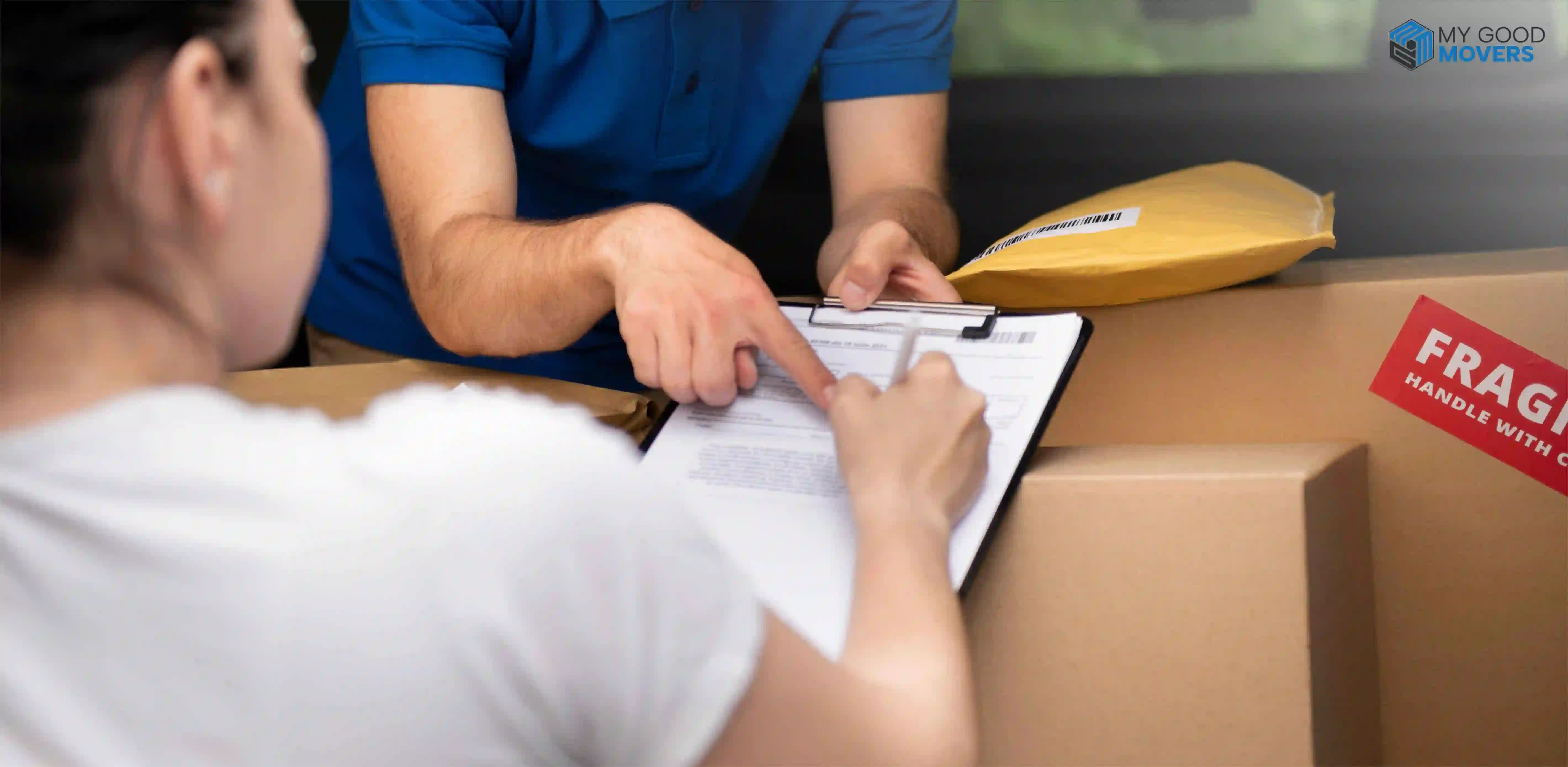






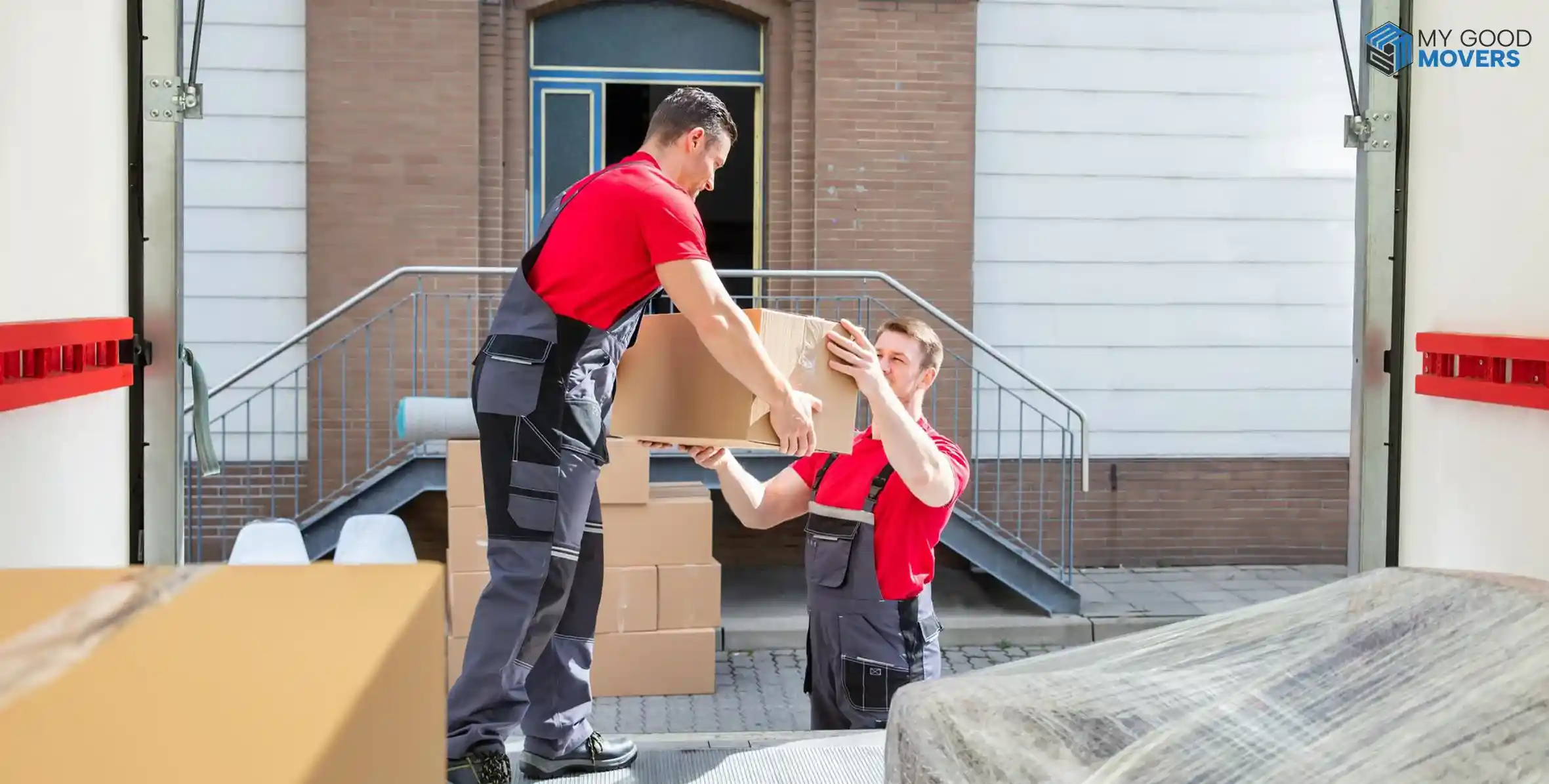


















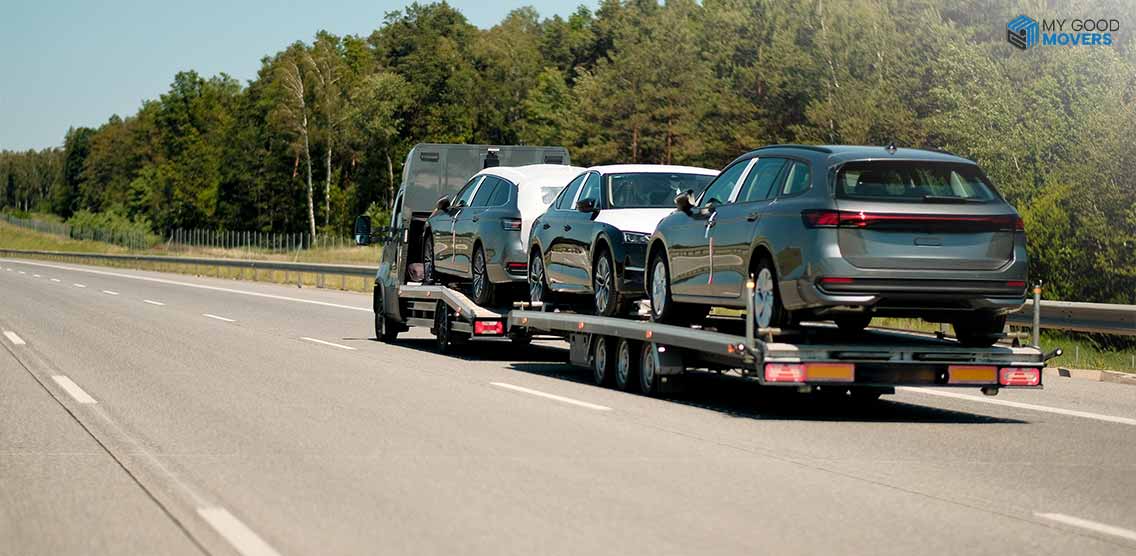
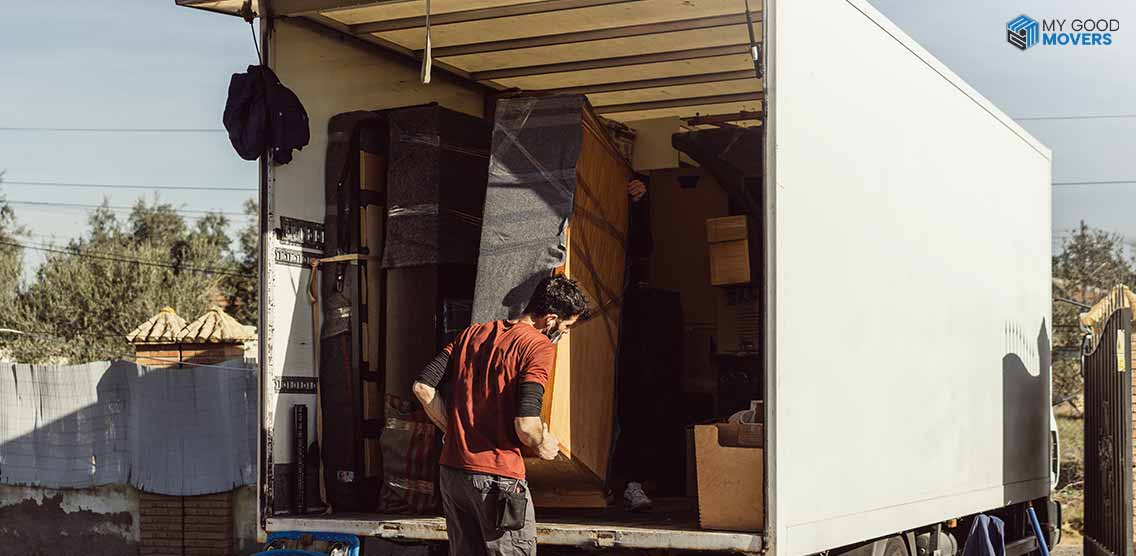


























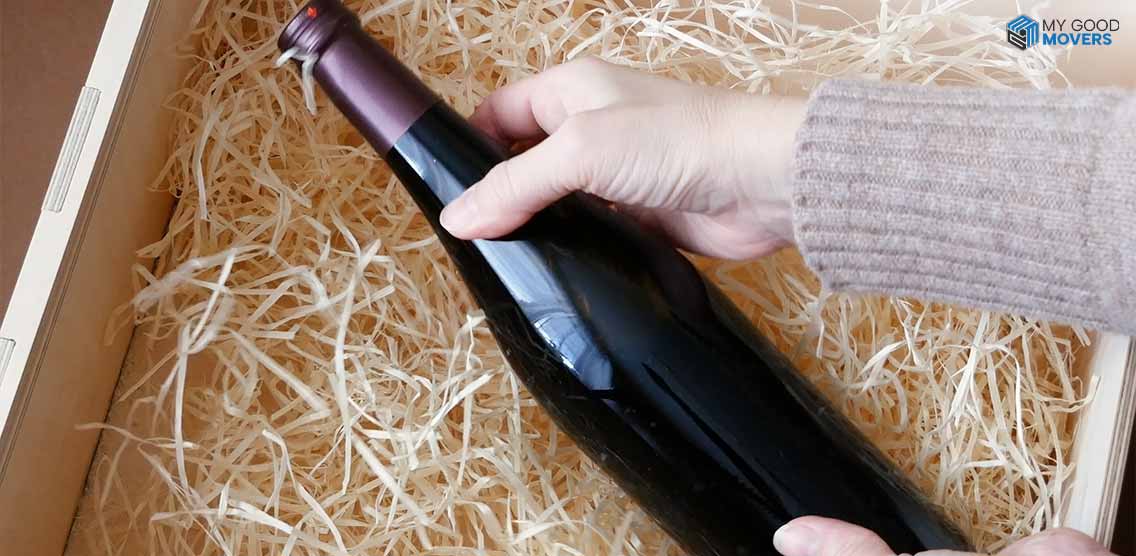

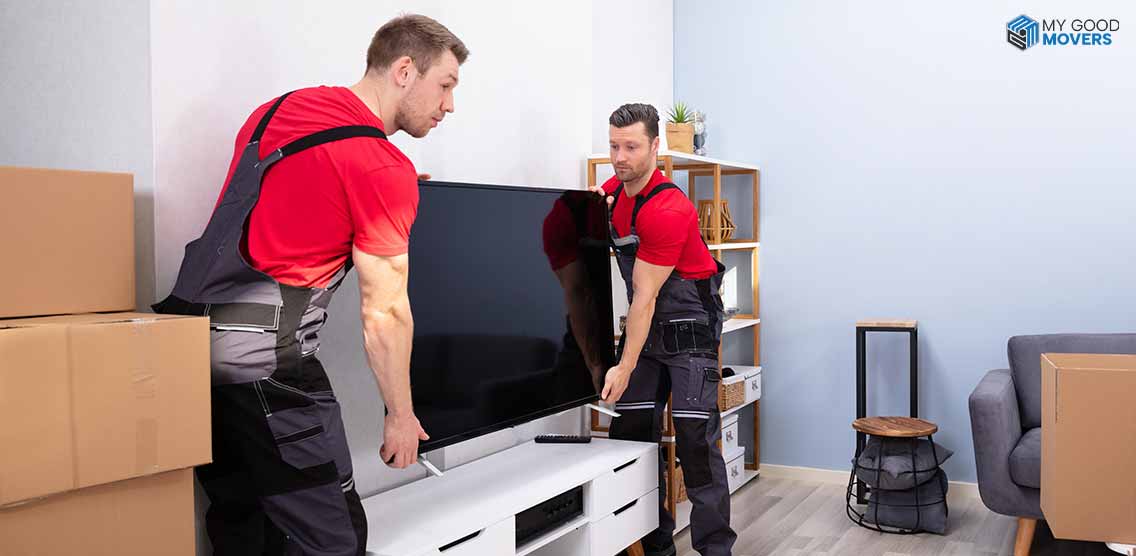





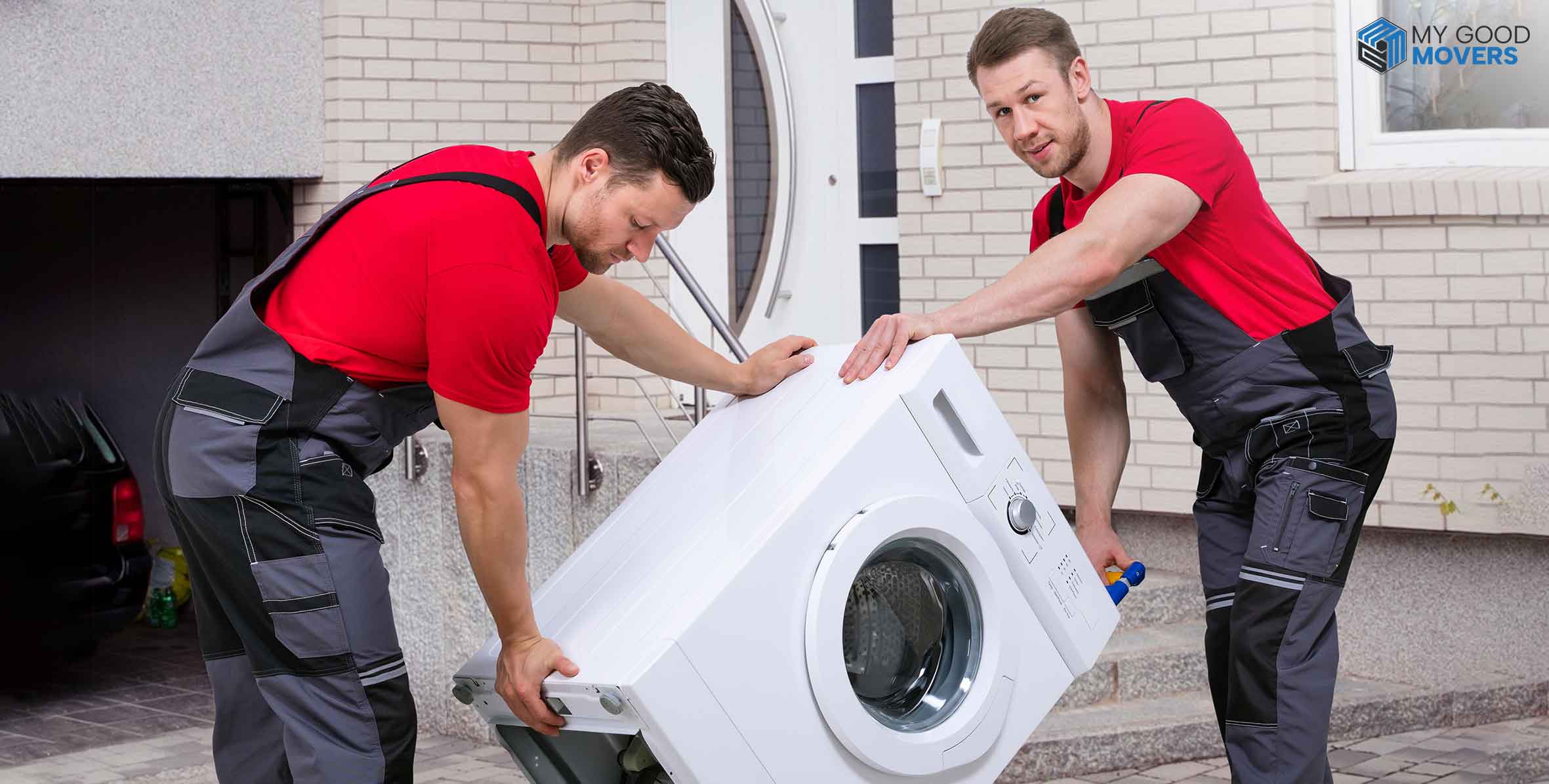




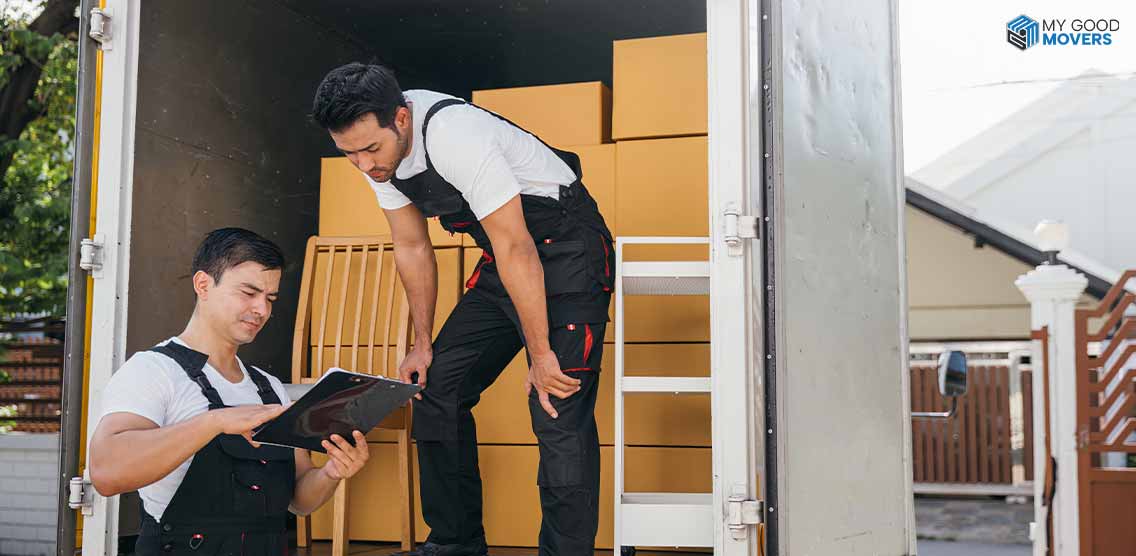

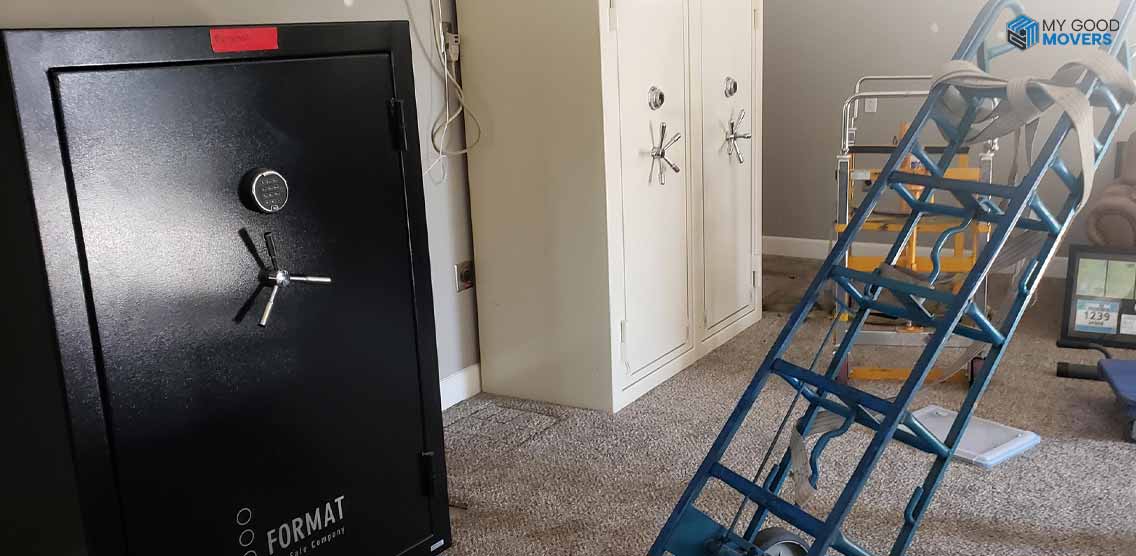







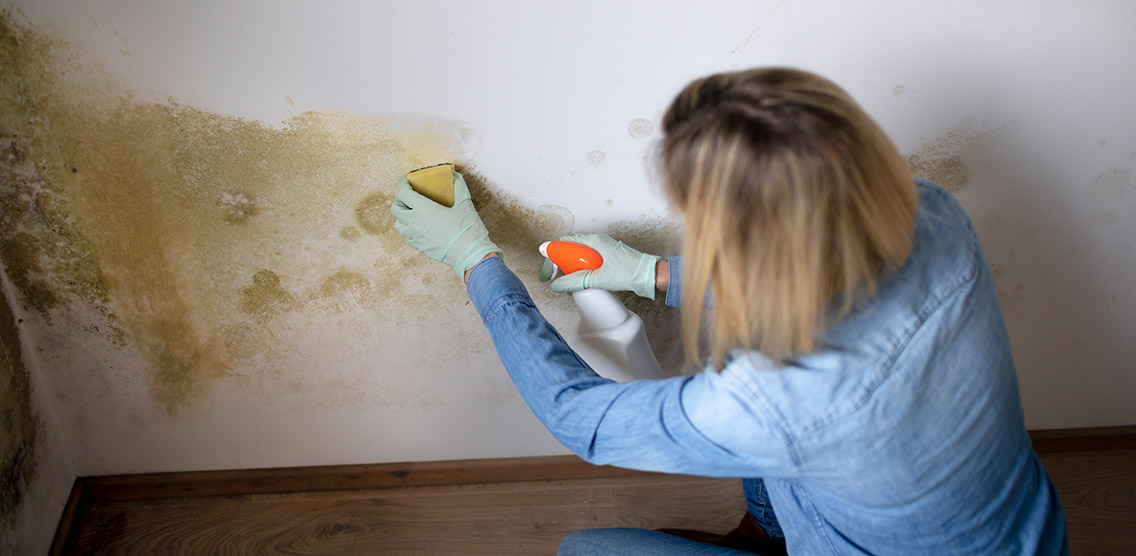

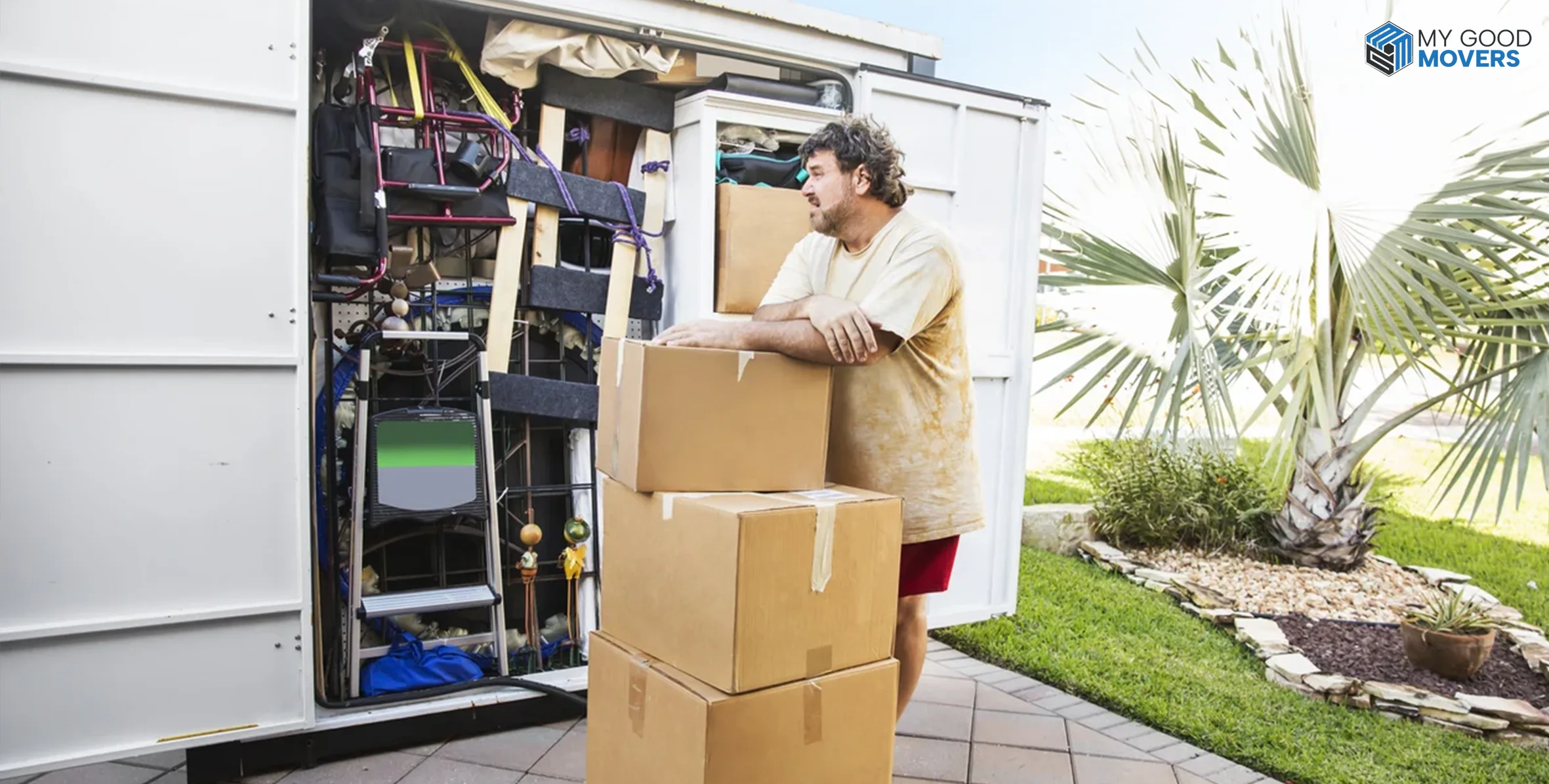
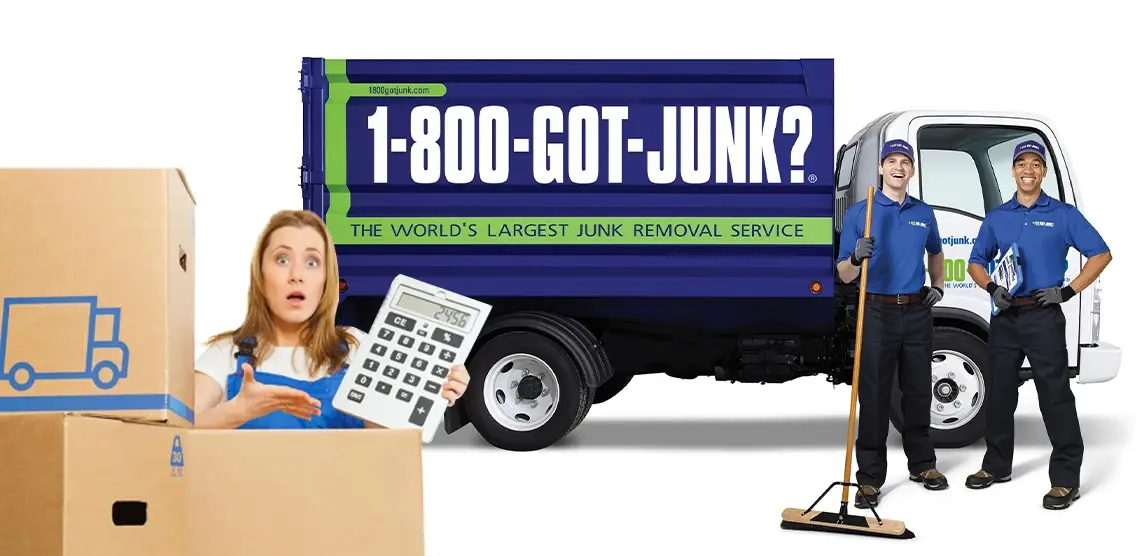
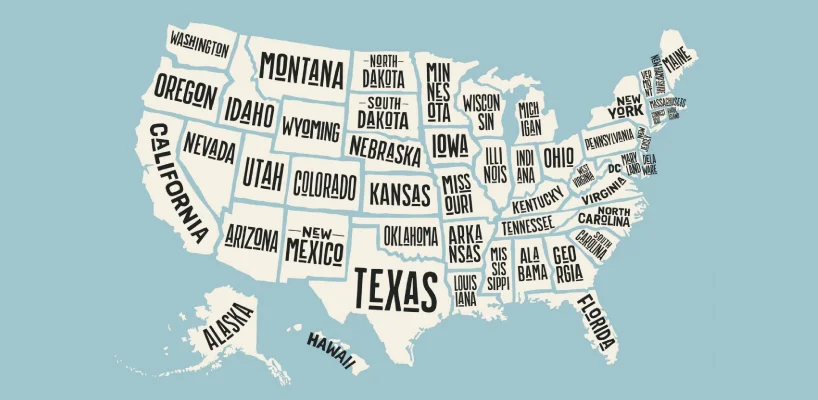





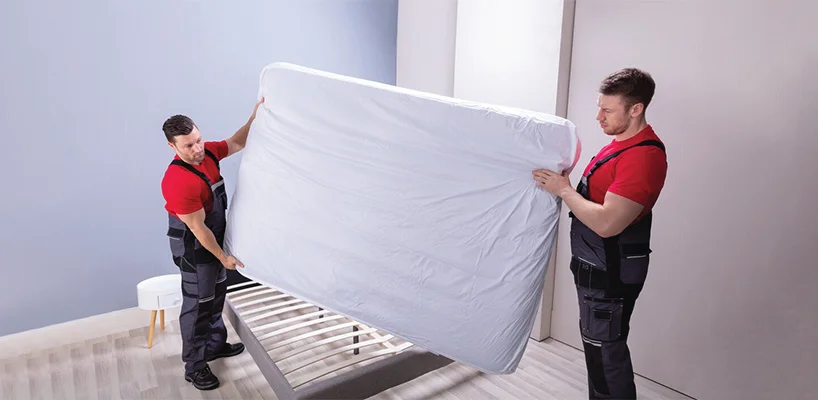
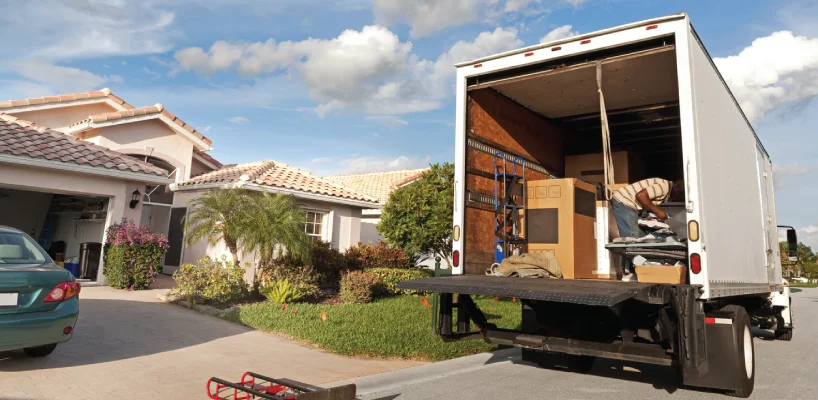




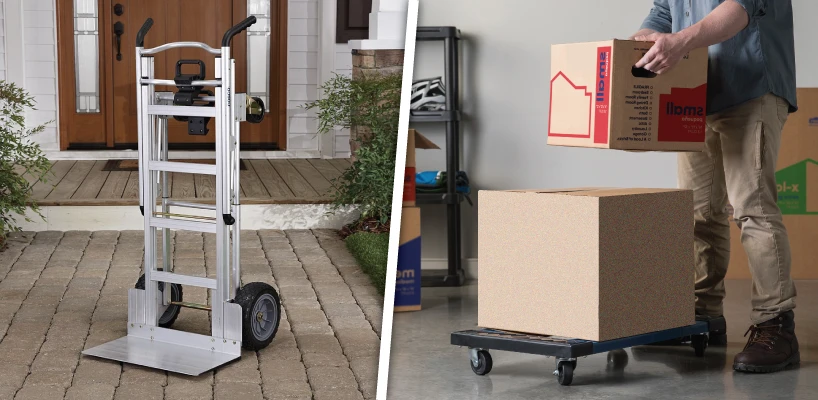
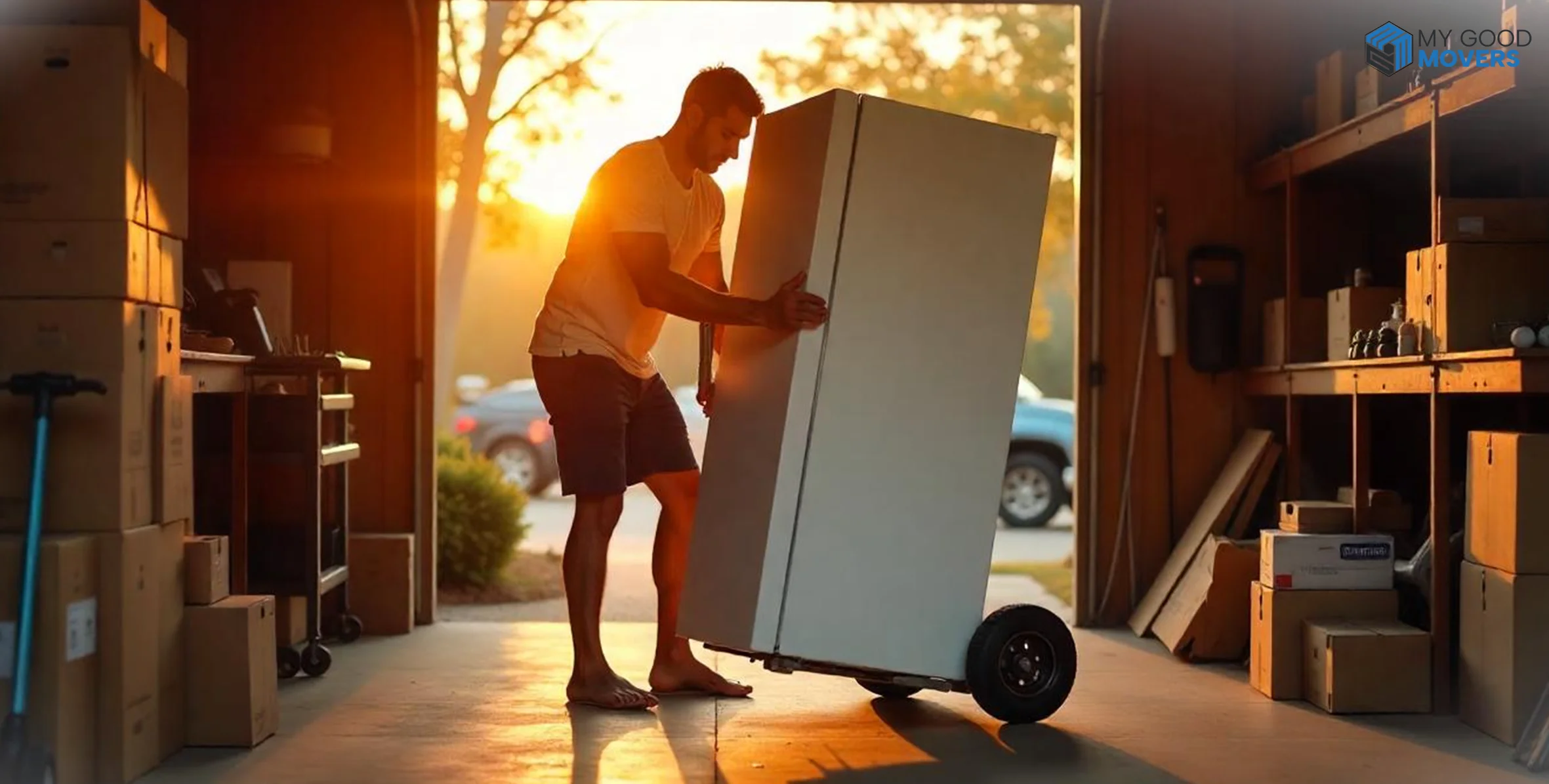
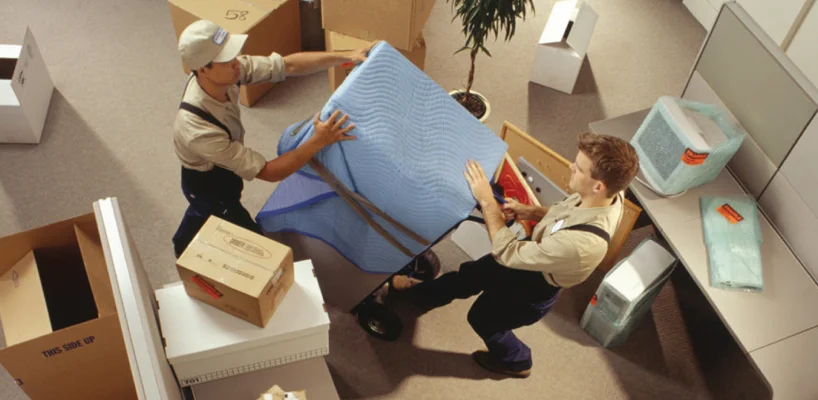





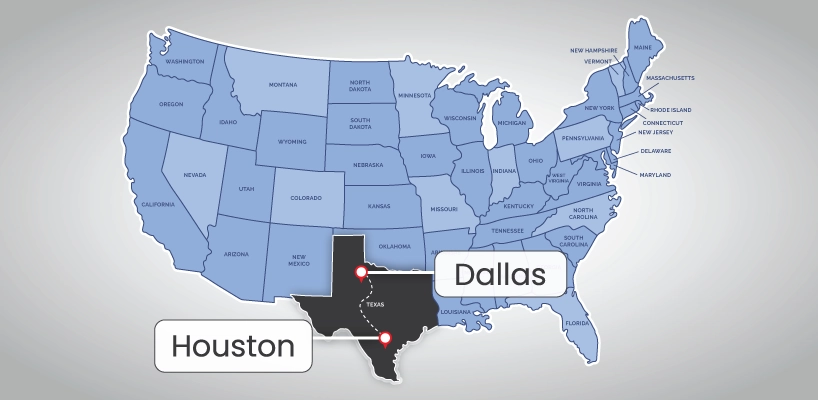


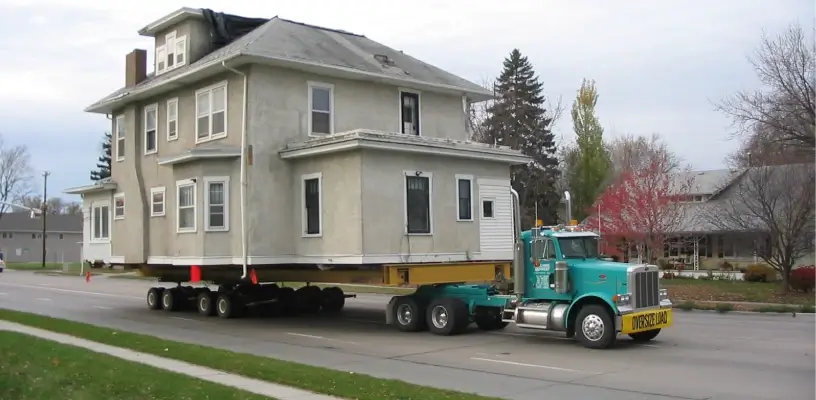





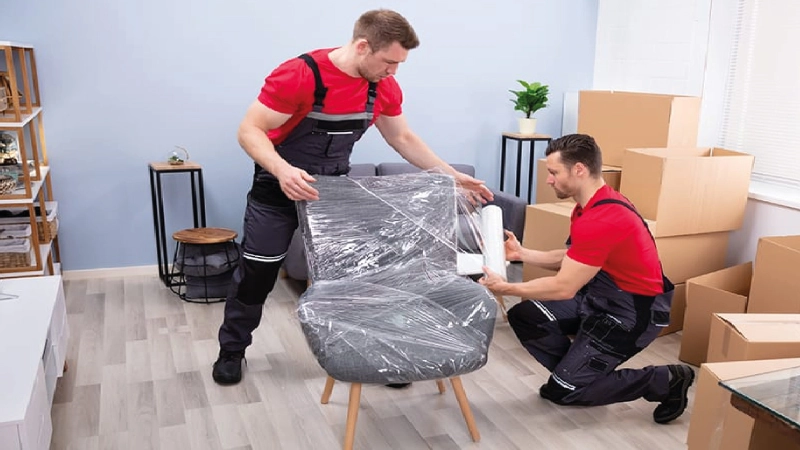

 (239) 799–6077
(239) 799–6077